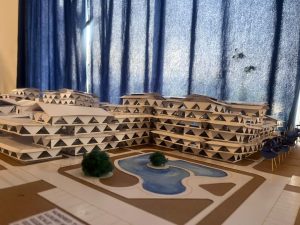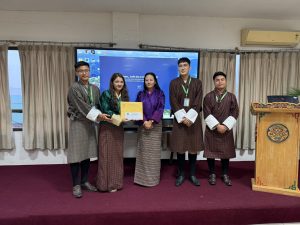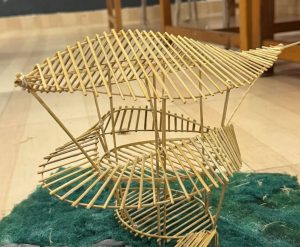The Architecture Department
About Us
The five-year Bachelor of Architecture programme, launched in 2014, provides comprehensive professional education in architectural design, theory, and practice. The programme emphasizes design-oriented learning, practical internships, and sustainable technologies while fostering critical thinking, teamwork, and presentation skills. Students gain hands-on experience through studio projects, study tours across Bhutan, and a six-month internship, enabling them to execute planning and design work independently.
The curriculum integrates thirteen key areas, including Architectural Design, Building Materials and Construction, History of Architecture and Building Science and Services. Design studio work serves as the core of the programme, allowing students to apply knowledge from other modules, engage in progressively complex projects, and collaborate on group design exercises. Graduates are prepared for professional registration with the Bhutan Institute of Architects (BIA) and the Construction Development Board, equipping them to contribute meaningfully to Bhutan’s built environment while addressing local and global architectural needs.
Architecture Department at a Glance
Architecture is the learned game, correct and magnificent, of forms assembled in the light.
Le Corbusier
Curriculum Overview
The programme develops creatively driven graduates ready for the global architectural market, providing practice-based learning through design studios, workshops and building sites, while supporting students’ personal development.
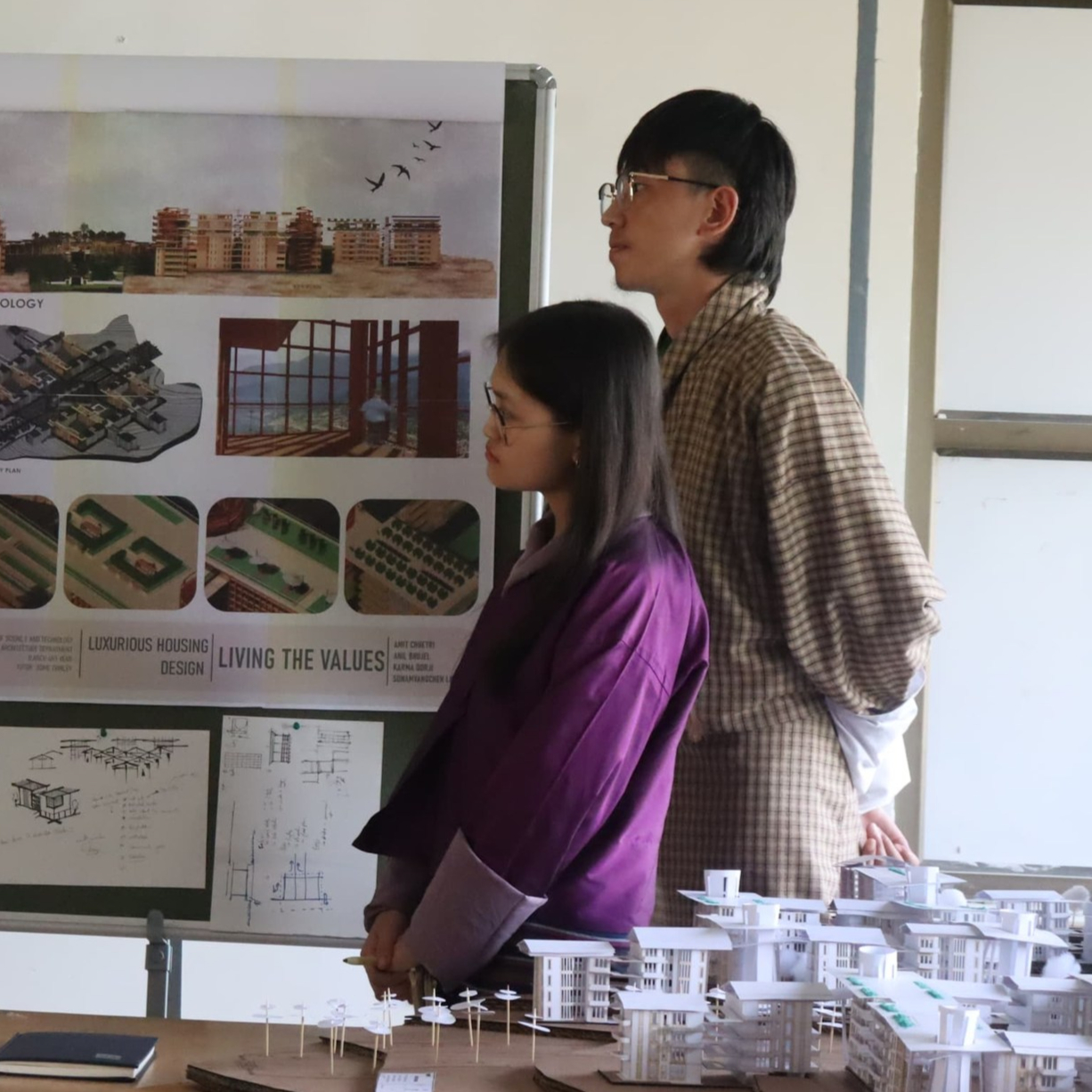
Architecture Design (7)
Hands-on experience with the latest programming languages and technology.
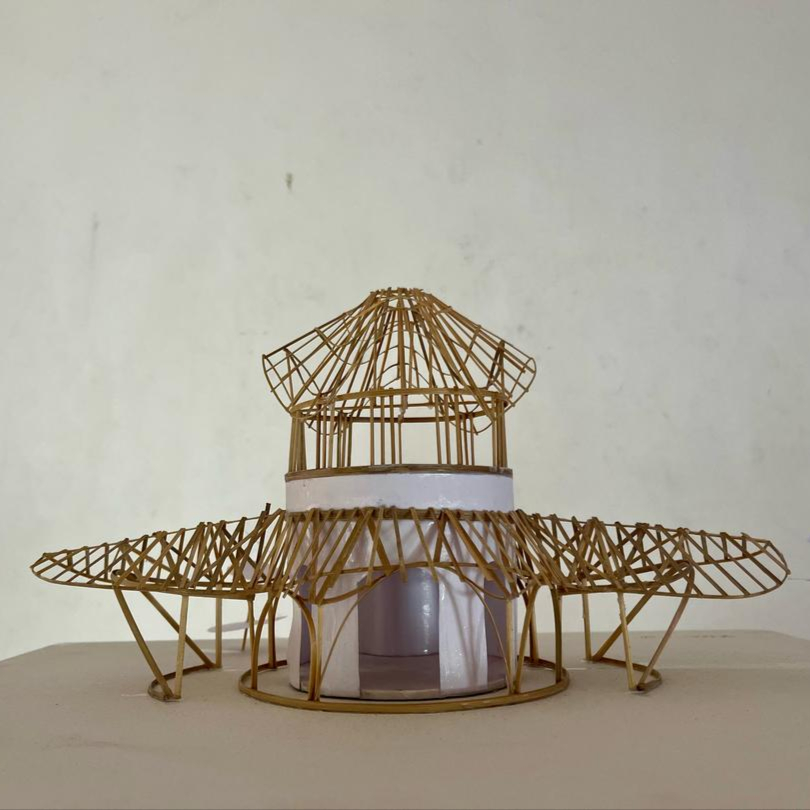
Theory of Design (4)
Giving wings to the artists who’d like to take it up as a career or just a hobby.
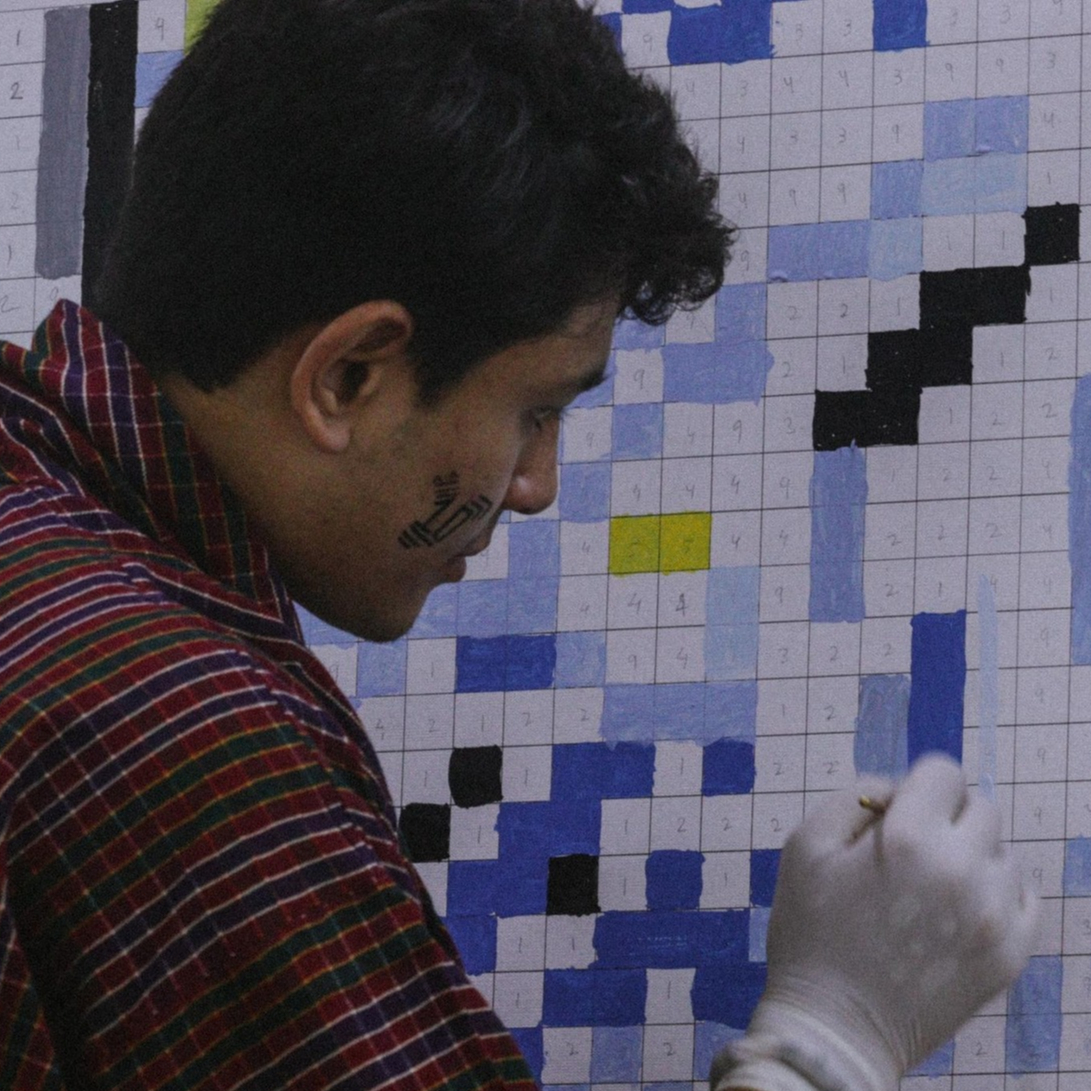
Architectural Graphics (3)
The study of ancient and modern languages, philosophy, history, and more.
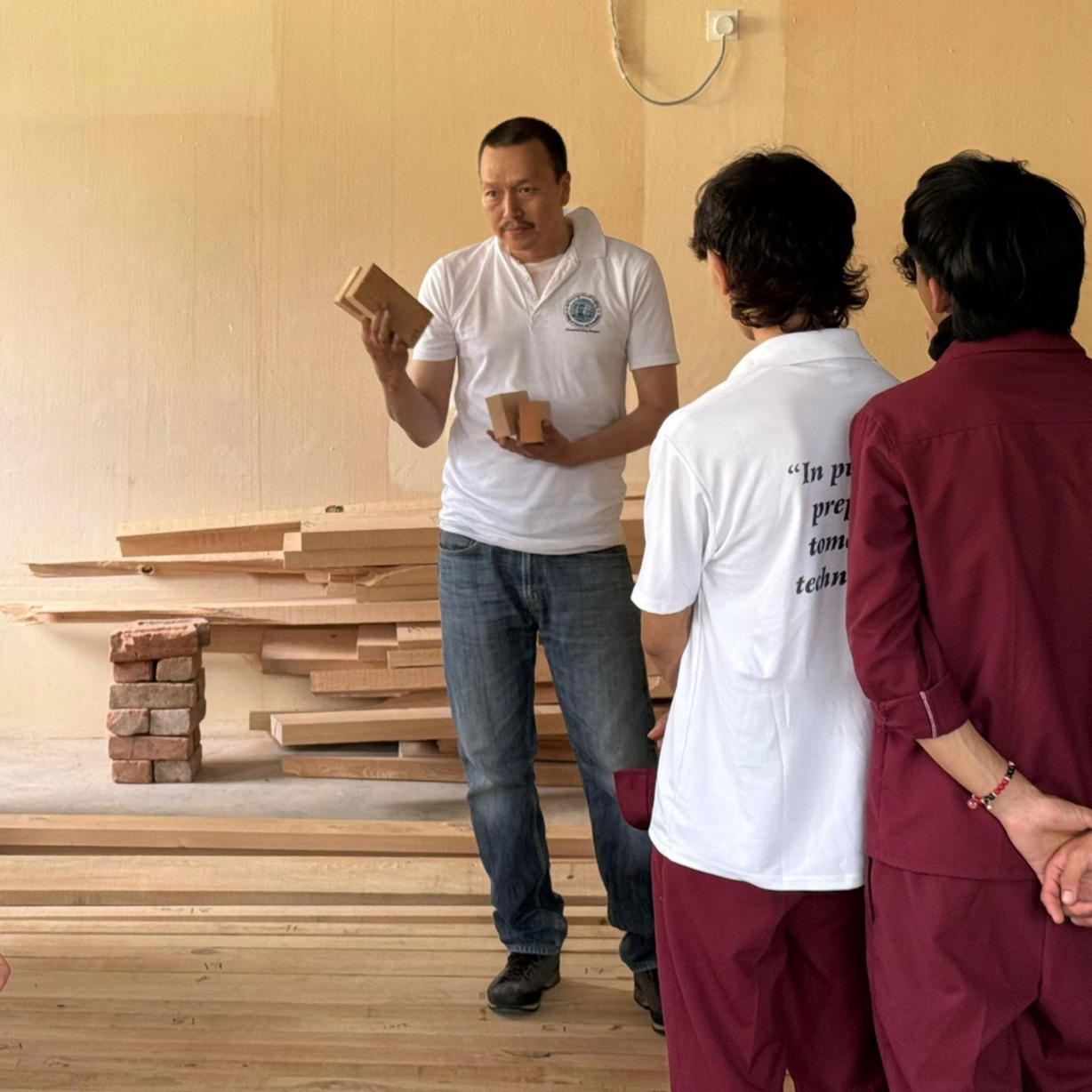
Building Construction (4)
The study that encourages scientific reasoning, discoveries and inventions.

Building Science and Services (5)
Understanding the game of numbers and logic to solve real-world problems.
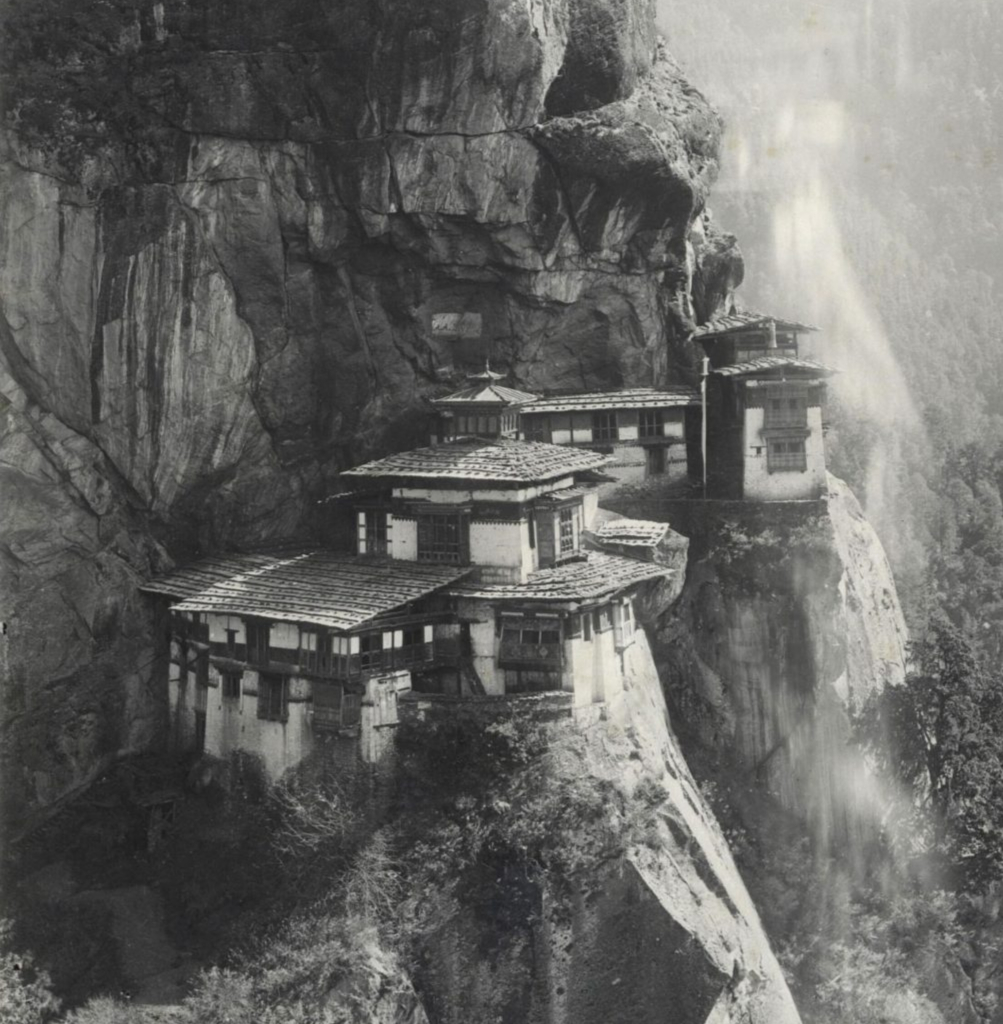
History of Architecture (3)
Learning more modes of communication from different parts of the world.

